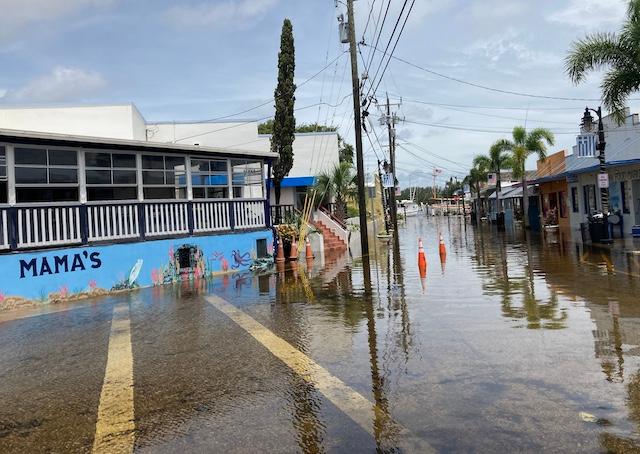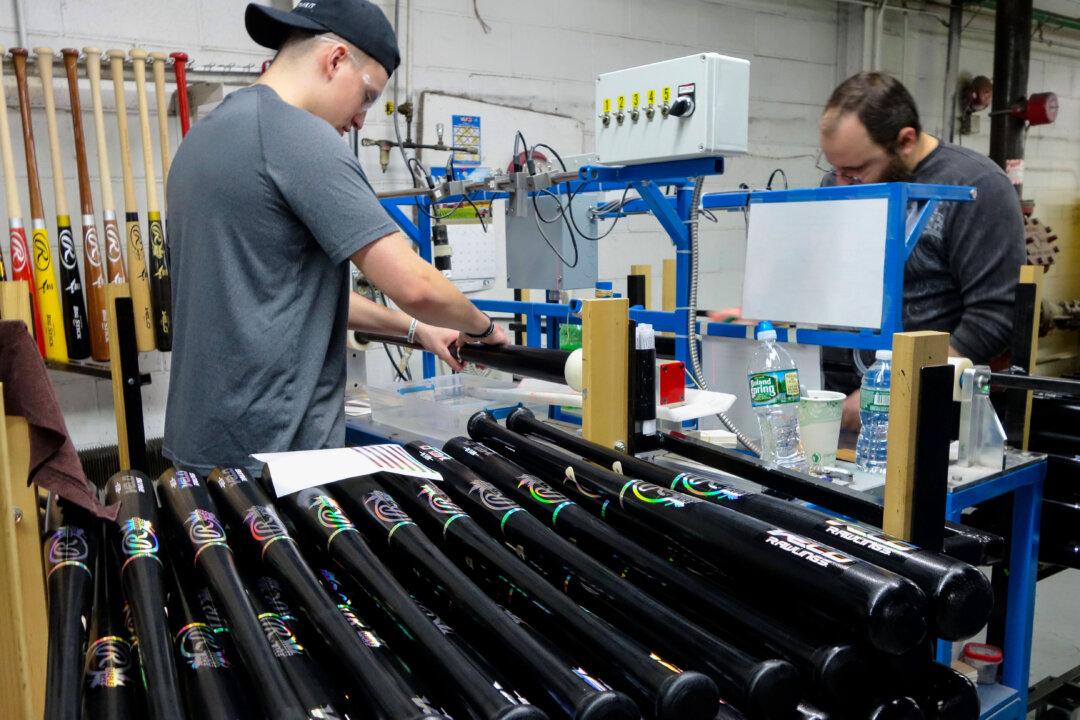Last fall, the Insurance Information Institute (Triple I) published data showing that Florida leads the nation in homeowners’ insurance-related litigation, making up 79 percent of the lawsuits across the United States, while accounting for just nine percent of the total claims.
So what has happened since?
Carriers have left the state, and there’s little competition between those left. And that’s before Hurricane Idalia ripped through the state this week—harshly reminding some residents of their insurance coverage dilemma.
The insurance carriers that are left in the state, whether representing the owners of multifamily or residential housing, can easily cherry-pick their best customers. According to Robert Norberg, the president and owner of Arden Insurance Associates in Lantana, Florida, this means that those potential customers with the slightest chance of issuing lawsuits or making huge claims are the ones with the best chance of coverage.
“Most companies won’t even write a policy unless your house was built in 2022 or is younger. Some say no if you don’t have a new roof. Travelers [insurance] even stopped writing auto insurance in Florida a couple of weeks ago, Farmers [insurance] has pulled out of the state completely.”
Mr. Norberg, who has been selling insurance in the South Palm Beach area for 24 years, says a lack of competition means that a lot people who need commercial or homeowners insurance just aren’t going to get it. “If you have any past claims at all, you won’t find coverage in the standard market. Even if you have just made claims about water damage in the past three years, they won’t take you,” Mr. Norberg told The Epoch Times.
Triple I estimates the average cost of home insurance in Florida is $6,000 a year compared to the national average of $1,700 in the rest of the country. That Florida rate has risen 42% since last year and a 100% spike over the past three. Before Idalia struck this week, state officials and lawmakers hoped that newly passed insurance reforms and an extended break from more torrential storms could get the industry to a point where policyholders could get a break.
Trump Jabs DeSantis Over Insurance Costs
President Donald Trump turned Florida’s insurance plight into a political jab during his speech at the Turning Point Action conference last month in West Palm Beach. In the speech, President Trump called out Florida Governor Ron DeSantis, saying the state would be better served if he spent more time lowering homeowners’ insurance bills than campaigning for president.
“We want him to get home and take care of insurance because you have the highest insurance in the nation,” Trump said.
Mr. DeSantis left the campaign trail this week to stay in Florida while monitoring Hurricane Idalia.
President Trump’s remarks came a few days after Farmers left the state of Florida. Others that have decided there is no profit to be made in the state include Bankers and Lexington Insurance, an AIG subsidiary, and AAA has meanwhile agreed only to renew a few policies. One of the few companies remaining in the state is Citizens Insurance, a state-backed insurer that most residents in Florida see as a last option. Mr. Norberg referred to them as “basic” but also the “cheapest” because of its state government oversight.
Citizens spokesman Michael Peltier says his company is fortunate on two fronts; first, Idalia missed South Florida and Tampa Bay, where most of their clients reside, and two, said damage was far below the $10 billion some media outlets were reporting.
“The damage estimates reported have ranged from $2.2 billion to $9 billion. That’s quite a swath there. The numbers we’re seeing are between $2.2 billion and $3 billion,” he told The Epoch Times. “We’ve received less than a thousand claims so far, and I don’t anticipate the amount of claims will cause us to levy assessments.”
One regular observer of the tumult of insurance agencies across the country, Brant Brown, the president and COO of Westmount Realty Capital in Dallas, told The Epoch Times that recent harsh weather is not the only reason for the lack of consistent insurance coverage.
“This insurance mess has been brewing for years,“ he said. ”It’s the attritional losses that are the issue. When a storm comes in and 30 individual multifamily homes need more roofs, that’s what’s causing the chaos. Small claims add up to big numbers and the industry is fed up and tired of losing money.”
Mr. Brown says the lack of carriers in some hard-hit weather areas of the country, like in Florida and cities such as Houston, has allowed the insurance agencies to be incredibly picky. “This has been building up for years. The reality of it is the insurance world is adding things up and determining what side of the ledger you’re on. There’s just not enough capacity in the market and they can be very choosy.”





